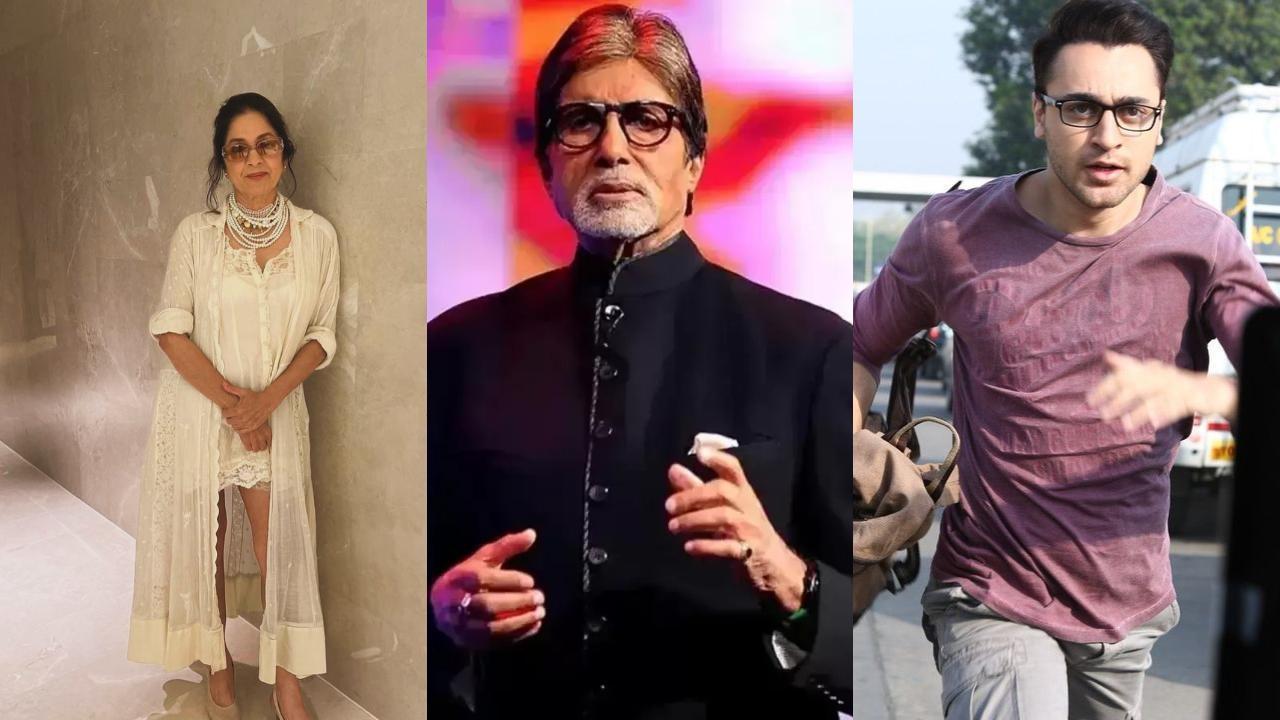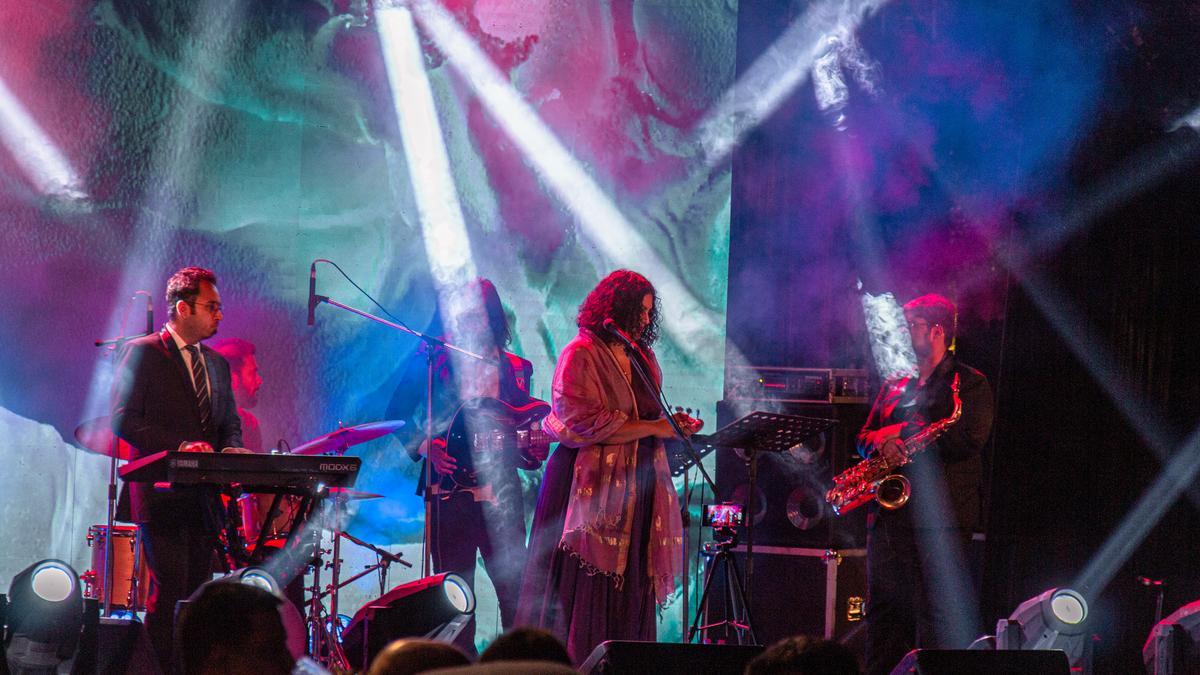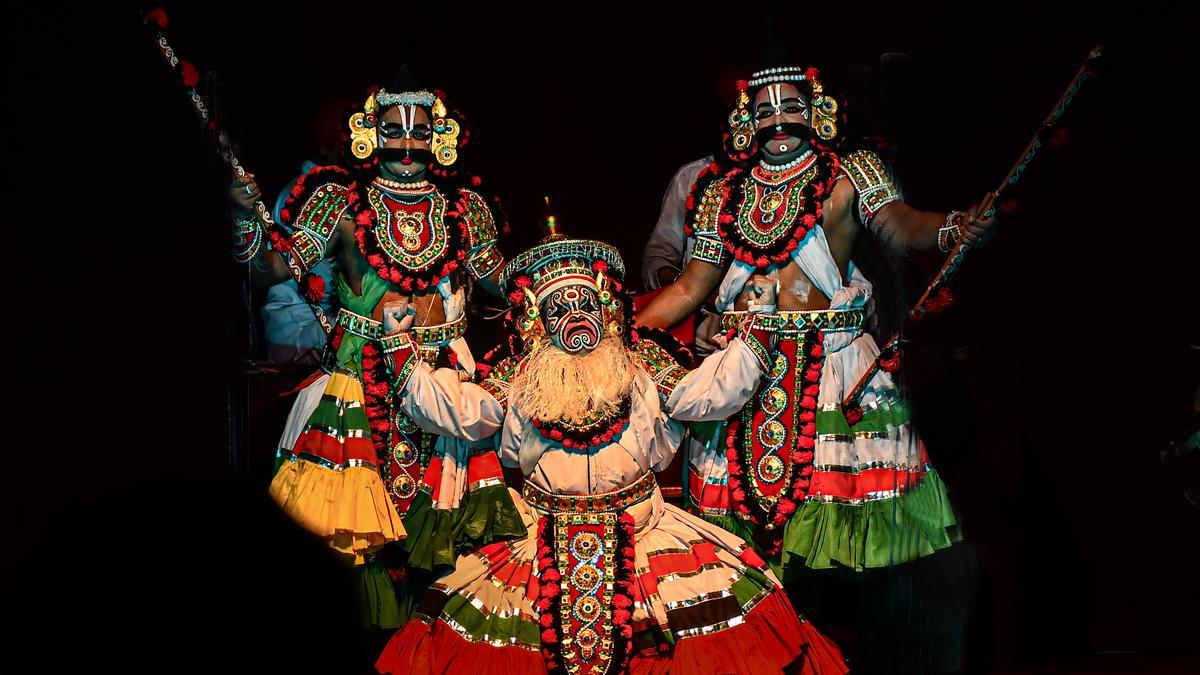
In a realm where art often meets the daunting forces of economics, the Indian film industry witnessed a pause in one of its highly anticipated projects. “The Immortal Ashwatthama,” directed by Aditya Dhar and headlining Vicky Kaushal, which emerged in 2020 as a beacon of innovation and grandeur, has experienced a significant halt. Despite the film’s temporary setback, the filmmakers hold a lamp of hope, kindled by the futuristic possibilities of artificial intelligence in revolutionizing visual effects and making grand visions attainable.
It was with considerable excitement that Vicky Kaushal began prepping for his role in the envisioned sci-fi epic—an ambitious blend of mythology and futuristic storytelling. However, after three years punctuated by delays, the producers, Jio Studios and RSVP Movies, acknowledged the financial impracticality of the project and decided to put the film on ice. The daunting budget necessary for Dhar’s uncompromising vision proved to be more than what the current market was ready to shoulder.
Despite these challenges, Dhar remains undeterred, embracing optimism as his compass. He reflects on the temporary pause not as the end but as an intermission on the journey to eventual creation. There is an evident devotion in his voice as he discusses his unwavering resolve to bring his cinematic imagination to life without diminishing the film’s intended quality. He is a director unwilling to betray his artistic integrity, stating, “Main apne kaam ke saath dhoka nahin kar sakta” (I cannot cheat my work).
As Dhar steers his creative energies towards his next venture, “Dhoom Dhaam,” the director delves into how artificial intelligence stands as a beacon of promise for films that depend heavily on special effects. In a market where the rising costs of visual effects can stifle creativity, AI emerges as the much-needed ally. With its advancement, the price tag of innovation in VFX is expected to diminish, thus bringing groundbreaking films within the realms of feasibility.
Addressing the economic landscape that dictates the success of such large-scale projects, Dhar envisions a future in which the gap between the number of theatres in India and other populous nations like China is bridged. India, with less than 8,000 theatres compared to China’s 86,000, faces a steep disparity—one that directly impacts the commercial viability of ambitious films like “The Immortal Ashwatthama.”
This vision of progress resonates with a core belief that as the number of theatres grow, so too will the audience’s capacity to support and justify the economics behind making epic cinematic experiences. Films that now seem too costly could one day find their economic justification if, as Dhar hopes, the theatrical business expands to match India’s vast population.
A deeper analysis of Dhar’s perspective reveals an insightful blend of pragmatism and idealism; it is not just the financials that he hopes to see evolve. For a director who values the integrity of his craft, the gradual improvement and accessibility of AI mean that he can maintain the purity of his artistic expression. The advancing technology would not only open doors to cost-effective methods but also enhance the overall quality of the cinematic product, allowing it to stand shoulder-to-shoulder with the best in the world.
In essence, “The Immortal Ashwatthama” remains more than just a dormant screenplay or a concept waiting in the wings. It signifies the possibility that the fusion of passion, patience, and technology can yield a masterpiece. What seems untenable today might, with the passage of time and the winds of technological change, find its rightful place in the pantheon of immortal stories told on the silver screen. Aditya Dhar, with “The Immortal Ashwatthama,” reminds us that visionaries often see beyond the myopic view of present limitations, looking to a future where their dreams are not constrained by the ephemeral shackles of the current economic context.










